Content
- 1 The reasons for the decrease in heat transfer
- 2 Using a reflector screen
- 3 Accessories and painting
- 4 Convection improvement
- 5 General rules
Usually in old houses, batteries get worse with every heating season. People have to buy additional heaters that consume a lot of electricity. Is it possible to refuse to buy a heater and increase the heat transfer of conventional radiators?

The reasons for the decrease in heat transfer
A common cause is pipe contamination from the inside with scale and rust. Pipes should be cleaned every year by utilities. It is impossible to independently wash the radiators, since this requires a complete drain of water and the heating system. To do this, you will have to call a master who will take a decent amount.

Also, changing cast-iron batteries to bimetallic ones, which have a large heat transfer, is also an expensive undertaking. At home, you can independently increase the level of heat with the help of simple manipulations.

Using a reflector screen
A simple way to increase heat transfer is to use foamed polyethylene with a foil layer. The material is attached to the wall behind the radiator with the foil side to the room. Sheets are mounted on liquid nails or double-sided tape.

The foil reflects the heat that the wall previously absorbed, and the foamed polyethylene additionally insulates the room. Also, instead of polyethylene, basalt plates with an aluminum layer can be used.
Accessories and painting
To increase the heat transfer and the area of the radiators, aluminum casings are used. Their cost in relation to the effect produced is low.

The color in which the batteries are painted also matters. So radiators of a dark shade have a greater heat transfer than light ones.
Convection improvement
From the course of physics it is known that good air circulation in the room contributes to its rapid heating. Therefore, to increase heat transfer, you can put a fan on the battery, which will direct warm air into the room.

If the house has small fans from the computer, then they can be located directly under the battery, directing the air flow up. In this way. Convection is significantly increased.


If the battery is embedded in the wall, then convection in the room can be improved by cutting openings in the windowsill and closing them with screens. Thus, warm air will not linger in a niche.
General rules
Heat transfer will increase significantly if you combine several methods. If radiators are only in the process of installation, then the following should be considered:
- Behind the battery, first of all, a steel screen and additional insulation are mounted;
- Instead of cast-iron radiators, bimetallic ones are put;
- It is best to install taps to drain water from both ends of the battery for self-flushing.

-
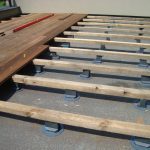 When an adjustable floor is more profitable than a capital screed
When an adjustable floor is more profitable than a capital screed
-
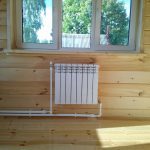 What mistakes are made when the radiator is connected diagonally?
What mistakes are made when the radiator is connected diagonally?
-
 What are the consequences of building a site without permission?
What are the consequences of building a site without permission?
-
 What errors lead to water hammer in the heating system and how to avoid them
What errors lead to water hammer in the heating system and how to avoid them
-
 Why does the grinder work, but the disk does not spin
Why does the grinder work, but the disk does not spin
-
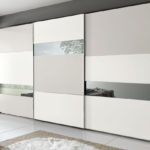 What could cause the cabinet door to bend
What could cause the cabinet door to bend
-
 5 reasons to change the wizard without waiting for the repair to finish
5 reasons to change the wizard without waiting for the repair to finish
-
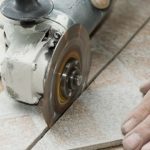 How to cut tiles without dust
How to cut tiles without dust
-
 How to cut a fiberboard with a flat edge with a regular grinder
How to cut a fiberboard with a flat edge with a regular grinder
-
 Why you should not put aluminum radiators on central heating
Why you should not put aluminum radiators on central heating
-
 Why you can not allow for flaws in the installation of roof nodes from corrugated board
Why you can not allow for flaws in the installation of roof nodes from corrugated board
-
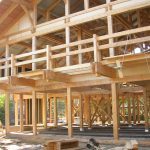 What boards can not be used for half-timbered
What boards can not be used for half-timbered
New publications are published daily on our channel in Yandex. Zen
Go to Yandex. Zen


